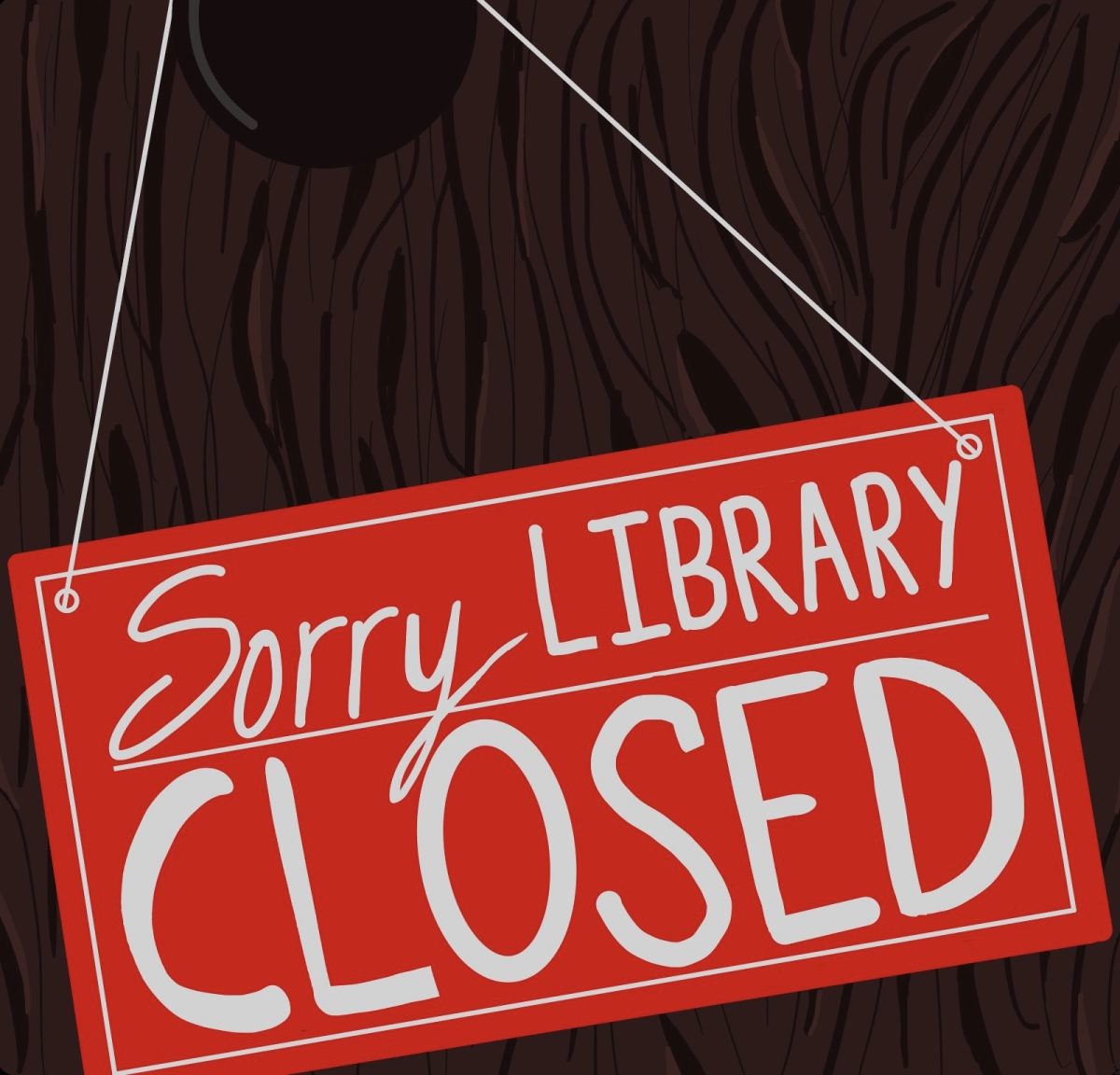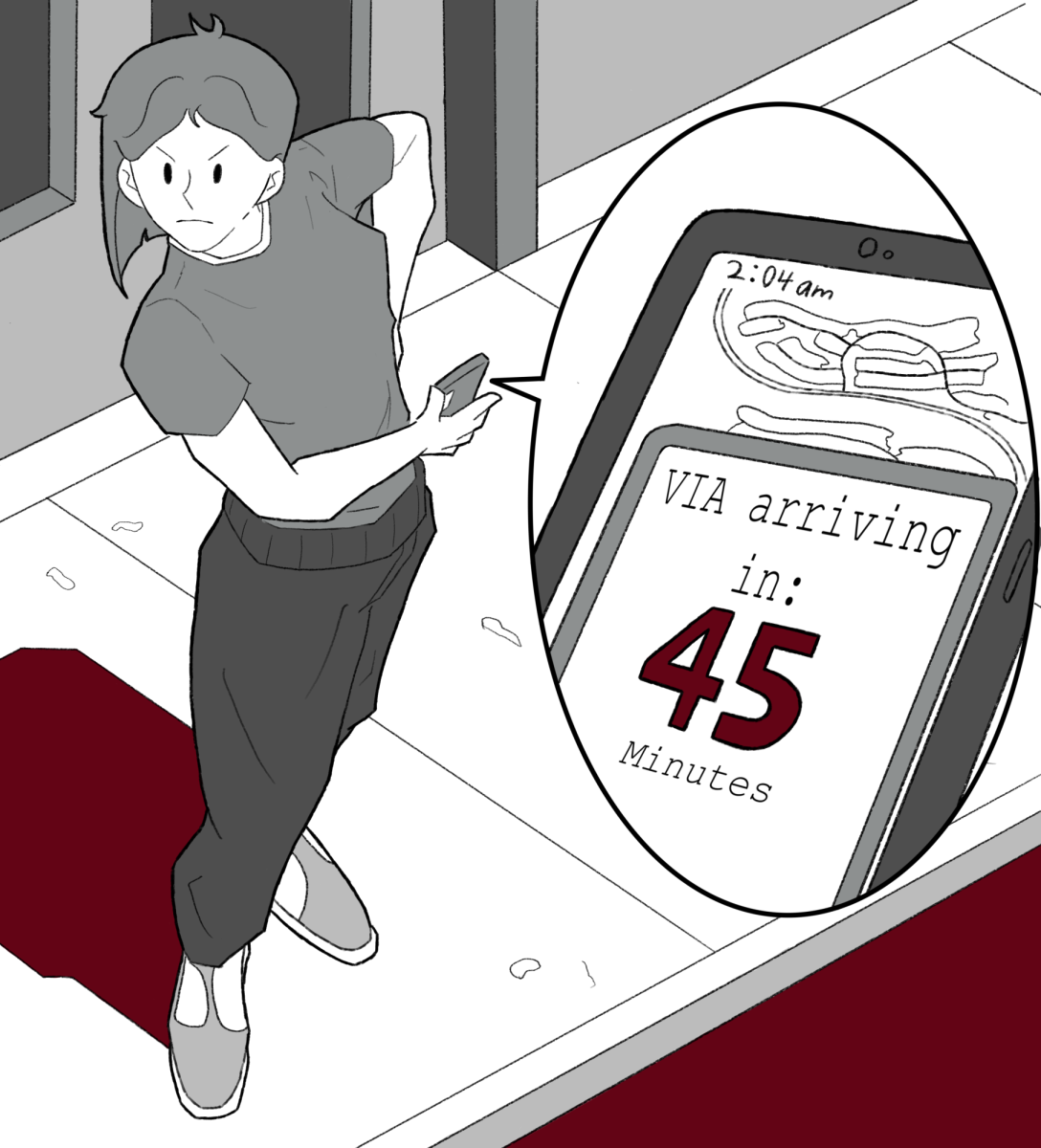The student activist is a part-time observer of someone’s full-time problems. This isn’t an insult, but a recognition of reality. With a packed course load and, in some cases, a job or multiple jobs, student activists cannot dedicate as much time to a cause as they may otherwise like to give. Being time-constrained, however, isn’t an excuse for not being able to work towards the full-time solutions that full-time problems demand. More often than not, it takes the sobering and mature realization that, even though you attend one of the best universities in the country, you are not the hero of someone else’s story. Instead, it becomes your job to make sure your cause continues after you leave the community, placed safely in the hands of those who have a stake in the matter.
#CareNotCops’ Halloween protest, which was reported on in The Maroon last week, exemplifies the self-absorbed alternative to this maturity. While members of their fellow abolitionist organization, Good Kids Mad City, were a few blocks north showing “how community organizing could help locals de-escalate conflicts without involving police,” #CareNotCops took their stand against racism by throwing toilet paper into bushes on the quad and plastering cutesy drawings around campus. Unintentionally or otherwise, #CareNotCops’ strategy since its summer UCPD sit-in has been flawed—an ineffective combination of failing to approach a serious problem with the seriousness it deserves and failing to learn from the historical trial and error of similar student abolitionist organizations.
Before I get called out for it, I have to clarify that this isn’t some sort of classically liberal appeal to the Chicago Principles of Free Speech and “intellectual discourse.” I’m not crying out that, if only #CareNotCops were “nice and civil to Mr. University Man,” that they’d eventually get what they want. In fact, I completely agree that if any progress is to be made on abolition, it cannot be made through traditional channels; the major power imbalance between the sway of the Board of Trustees and the students makes that obvious.
But can their current tactics be considered thinking outside of the box, or, even using its most generous definition, “disruptive protest?” Not even close. The only thing “disruptive” about TP-ing a bush—aside from disrupting the janitorial staff’s schedule—is how it makes a mockery of their own cause of police abolition. As a reminder, this is an organization that was founded on the premise that the mere existence of the UCPD serves to “terrorize both students and community members.” It’s not a fight against a “few bad apples,” they say, but a desperate struggle to abolish an institution that is fundamentally racist and violent.
With stakes this high, does it seem appropriate to treat a rally, to be frank, as if it were kids playing Halloween pranks? Of course not, and it’s precisely because their actions were so outlandish that The Maroon spent the bulk of its article covering them and their response. It took precedence over the Good Kids Mad City protest—the one actually run by community members—which got relegated to a few sentences at the bottom of the piece. #CareNotCops may very well claim that they do, in fact, uplift community voices, but look at the coverage: any “uplifting” that may or may not have been done was crowded out by the actions and words of students.
This wouldn’t be the first time that #CareNotCops has hampered the community’s cause. In its “occupation” outside of Provost Lee’s home, much of the discussion on campus pages centered around spray-painted messages on the provost’s driveway, generating “accusations of anti-Asian racism from commenters on social media.” For many observers, this was likely the only look they got at #CareNotCops’ work, pushing the conversation away from private policing to how #CareNotCops was conducting its protest. Once more, students were in the spotlight, not community members.
I understand exactly why these students are acting the way they are. Clearly, they’re frustrated that the University refuses to meet with them in a public forum, as per their demands. Unknowingly, however, they’re falling into a historical trap, brought about by a lack of information permanence.
Simply put, the student activist is transient. On a surface level, this means that a student lives in their campus community for but a fraction of four years, as they’re whisked back home on breaks or to a different city for summer internships. But on an informational level, this means that when a student leaves the University for good, they take with them their experiences, including, crucially, their knowledge of what worked and what didn’t. There’s no central repository for strategy, as those planning conversations all took place in private group chats or in closed meetings. All that’s left are dead social media pages and Maroon articles that haven’t been read in years.
This resulting lack of information permanence was perfectly captured in a 2018 piece from The South Side Weekly, “The Fight Over Chicago’s Largest Private Police Force.” The article takes a look at the #CareNotCops before #CareNotCops—the Coalition for Equitable Policing, or CEP. The CEP went defunct about three years before #CareNotCops burst onto the scene. Among current activists, it seems to be forgotten, the inevitable result of its leaders graduating years before they arrived on campus. Had the lessons from its successes—and, more importantly, its failures—been remembered, there wouldn’t have been a need for this column to be written.
Just as #CareNotCops spent nearly two years trying to meet with administrators, so too did the CEP. As the author writes, its “organizing efforts were largely centered around attempts to meet with administrators,” from its founding in 2013 to 2015, when they changed tactics. After realizing that administrators could easily wait their time at the university out, the CEP decided to “exert more pressure.” This pressure manifested itself in the form of legislation: the Private College Campus Police Act. The bill passed the Illinois House of Representatives, and though it was killed in the Senate when an overly ambitious state senator tacked on an untenable amendment, the CEP still made significant progress for a student group. Instead of continuing to plead their case with an obstinate university, they built coalitions outside of it, focusing on political change and not quirky rallies. If they had realized the futility of attempting to meet with the administration earlier, who knows how far they could have gotten.
The difference between the CEP and #CareNotCops, however, is that, after two years, #CareNotCops is still very much fixated on getting that meeting with the administration. In their own words, they firmly believe that “nothing will change unless there is a public meeting.” They have to learn from the past and come to terms with the truth: no matter how many cute graphics or Twitter posts they make, the University will never meet with them in the way they want. A student’s presence in Hyde Park and Woodlawn is temporary—the University’s is not, and they know they can wait any individual undergraduate out. Crucially, it also means realizing that the goal of their movement shouldn’t even be securing a meeting between themselves and the President or Provost; if there should be any meeting, it must be between community stakeholders and the school—not students who, after four years, will cease to call the area home. To understand all this, yet to continue to advocate for a meeting led by students is nothing but pure selfishness. Either student activists with #CareNotCops are aware of that truth and don’t care, or they have not looked meaningfully into the history of the causes they organize around.
There is only one path forward, then, for student activists who are inherently transient: Empower those who aren’t. Going outside of the limitations that exist from working solely within the university is thinking outside of the box. Importantly, it’s disruptive, in the sense that it can mobilize the local community in ways that the university wouldn’t expect.
The community is ripe for your type of change: abolition has gained a foothold in the public discourse and, in Chicago—and in the 20th Ward with Jeannette Taylor, in particular—the political climate has certainly shifted to the left. There’s a budding consciousness there, especially among young people, but it’s one that currently knows nothing about what you do, except from what they read in local papers. Direct action and talking to community members will solve that, not holding talent shows on sidewalks and not TP-ing your campus. Certainly, it’s not the path that will get your name in the headlines, nor will it give you a fun, brave picture to post on your social media. But if you care about your cause as you say you do, that was never the goal. Was it?
Matthew Pinna is a fourth year in the College.








